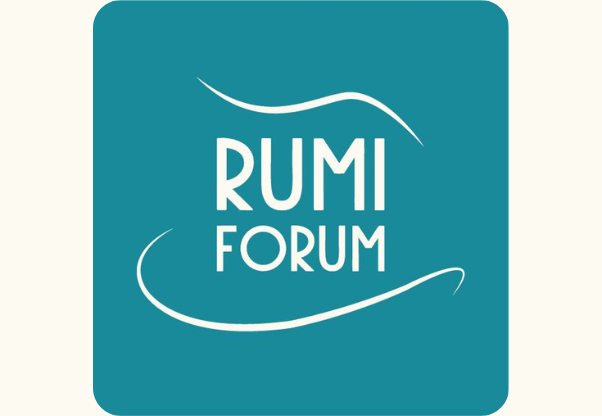Chapter 4 deals for example with America’s hard power. We spend more on our military than do all other countries combined and the result is we have a military force which is without peer. Our problem, however, is weak enemies who don’t fight by our rules who specialize in insurrection and terror so though we are able to destroy quickly antagonist armies antagonist states we find it difficult afterwards to hold their territory or control their populations and as the countries perhaps happily we lack the patience and the means for a long colonial occupations. As a result, however, our victories tend to replace rogue states with failed states. Our hugely expensive military strength is often not useful for the tasks of world management that our unipolar pretentions call on us to fulfill. And meanwhile the runaway military budget is a major contributor to the fiscal chaos that now threatens the country’s long term strength and prosperity. Chapter 5 feeding American power turns directly to this economic question. All along the assumption of unlimited resources has been an integral part of the unipolar vision, as a result we have been out of balance with the rest of the world economy and now for several decades, we have you might say a credit card empire and by now financing this huge deficit absorbs most of the rest of the world’s savings. The world is going on financing our deficits decade after decade. It seems to me the two special conditions which are more political than economic. The first has been the geopolitical dependence of Europe and Japan on the United States during the cold war and the second is the international monetary system itself with the dollar as the only serious reserve currency. This gave us the exorbitant privilege of *printing the world’s international money as we choose.
Now by the 1990s it seems to me both these special circumstances were coming to an end. The cold war was over and Europeans were creating an alternative money, the Euro. To be sure this monetary [???] has taken a couple of decades to work itself out, the Clinton administration in many ways postponed the reckoning by balancing the budget and ending the country’s fiscal deficit logically enough by cutting military spending, but private spending quickly replaced the reduced government spending and the current account deficit, that is the deficit with the rest of the world economy grew larger and larger despite the balancing of the government’s own accounts. The dollars vulnerability was covered for several years by huge influx of private, mostly European capital, which was attracted to the dot com boom of the ‘90s. [???] decided the influx would continue indefinitely. The unipolar vision in the sense took on an economic dimension the world was witnessing a new international division of labor. The United States with its advanced technology and its financial savvy would innovate and meanwhile be the world’s consumer of last resort. The rest of the world would save in order to invest in America and cover hard deficits and by the end of the administration, however the dot com book was a bubble and a big foreign inflows dried up. By the end of the Bush years the dollar’s exchange rate has come to depend heavily on the support of Japanese and increasingly as I think everybody knows on the Chinese central bank. Today Obama’s own exuberance spending, which is supported by huge credits created by the fed imply heavy pressure on the dollar’s exchange rate. Chapter 5 doubts that the Chinese support will hold up to the dollar indefinitely. The present trend is a massive shift of China’s resources to its own domestic development, certainly from a Chinese perspective the wise thing to do. But under these circumstances, America’s capacity to create unlimited global credit for itself will grow harder and harder to sustain and essential support for the unipolar vision seems faded to end.
Now the chapter that goes on to discuss China’s increasingly significant global economic role in an open world economy, China with this huge work force, its very low wages its increasing technological sophistication and big resources of capital is likely to remain highly competitive against comparatively expensive labor in the west and elsewhere. Since ecological costs are likely to limit overall growth in the future, china’s increasing share of the world’s wealth will to a great extend be achieved at the expense of others. In other words the Chinese economy will grow but the world economy as a whole is restricted. Such circumstances I suggest favor a protectionism rather an continuing rapid global integration. Instead of an ever more closely integrated world economy we should probably expect one that is more segmented and regulated by political bargaining. Countries with relatively compatible economies will probably group together perhaps around a dominant currency or a stable monetary union. Ideally these blocks will remain reasonably open to each other but given China’s continuing competitiveness and the constraints on overall growth the occasions for severe conflict will be very great. In other words today’s unfolding world trends do not promise automatic abundance and peace, it is not a liberal future, instead they point to a harsh confrontation between Asian growth and Western prosperity. In short the book in a sense gives a Hobbesian diagnosis for world conflict, there is inherent conflict in these relationships, but it denies hegemony, which of course is the Hobbesian cure. The last part of the book looks for a formula to provide legitimate governance to this increasingly plural and conflictual world order. Chapter 6 focuses on how ideas of what make power legitimate have evolved within and among western states, the libraries and the shortcomings of both liberal and Hobbesian traditions focusing instead on the third constitutionalist tradition one that sees conflict as inevitable, but hopes to control it by institutions that balance rather than concentrate power, institutions that focus politics on the mutual conciliation of interests.




